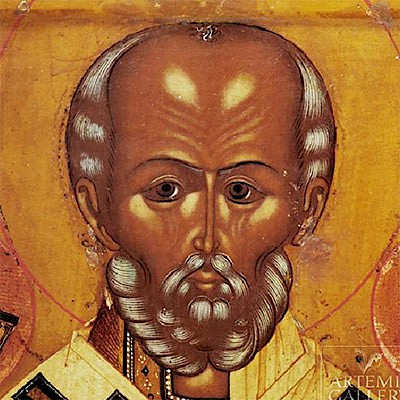Pair of Anatolian Bronze Hittite Figures
Lot 76
About Seller
Artemis Gallery
686 S Taylor Ave, Ste 106
Louisville, CO 80027
United States
Selling antiquities, ancient and ethnographic art online since 1993, Artemis Gallery specializes in Classical Antiquities (Egyptian, Greek, Roman, Near Eastern), Asian, Pre-Columbian, African / Tribal / Oceanographic art. Our extensive inventory includes pottery, stone, metal, wood, glass and textil...Read more
Estimate:
$1,600 - $2,400
Absentee vs Live bid
Two ways to bid:
- Leave a max absentee bid and the platform will bid on your behalf up to your maximum bid during the live auction.
- Bid live during the auction and your bids will be submitted real-time to the auctioneer.
Bid Increments
| Price | Bid Increment |
|---|---|
| $0 | $25 |
| $300 | $50 |
| $1,000 | $100 |
| $2,000 | $250 |
| $5,000 | $500 |
| $10,000 | $1,000 |
| $20,000 | $2,500 |
| $50,000 | $5,000 |
| $100,000 | $10,000 |
| $200,000 | $20,000 |
About Auction
By Artemis Gallery
Dec 20, 2018
Set Reminder
2018-12-20 10:00:00
2018-12-20 10:00:00
America/New_York
Bidsquare
Bidsquare : Warehouse Clear Out - Ancient & Ethnographic
https://www.bidsquare.com/auctions/artemis-gallery/warehouse-clear-out---ancient-ethnographic-3742
Time to clear out the warehouse, as these lots are going, going, gone... plus a we've added a nice selection of lots brand-new to auction! Artemis Gallery info@artemisgallery.com
Time to clear out the warehouse, as these lots are going, going, gone... plus a we've added a nice selection of lots brand-new to auction! Artemis Gallery info@artemisgallery.com
- Lot Description
**Originally Listed At $800**
Ancient Near East, Syro-Hittite, ca. 2nd millennium BCE. A pair of rare bronze religious idol figures. One is a single figure with the classic Mesopotamian beak-like nose and highly abstract face, its arms outstretched, its body a long, undecorated post. The other represents four similar figures pressed together so that their lower bodies merge into a single thick bronze stalk. Size of largest (four-headed figure): 1.7" W x 2.5" H (4.3 cm x 6.4 cm); 3.2" H (8.1 cm) on included custom stand.
Bronze votive idols like these are known in a variety of fascinating forms throughout the pre-literate ancient world. From the truly abstract Kilia-type figures that are barely recognizable as human to the exaggerated feminine shapes of so-called "Venus" figures, people in the past, as today, had a clear desire to portray human forms and did not feel constrained by naturalism. There are some repeated motifs: outstretched arms, as on these figures, which researchers have interpreted to mean an act of supplication; similarly, the wide eyes on these figures are an often-repeated characteristic that researchers believe emphasizes that the figures depicted are attentive to the gods. Miniature figures like these seem to be portraying worshippers rather than gods, and we believe that they were small enough that, even though they were made of bronze, ordinary people could have owned them and kept them on home altars. Many people from the ancient Near East are found buried with items like this one.
Provenance: private East Coast, USA collection
All items legal to buy/sell under U.S. Statute covering cultural patrimony Code 2600, CHAPTER 14, and are guaranteed to be as described or your money back.
A Certificate of Authenticity will accompany all winning bids.
We ship worldwide and handle all shipping in-house for your convenience.
#129607Both have dark green patina with clear forms and many details remaining.Condition
- Shipping Info
-
All shipping is handled in-house for your convenience. Your invoice from Artemis Gallery will include shipping calculation instructions. If in doubt, please inquire BEFORE bidding for estimated shipping costs for individual items.
-
- Buyer's Premium



 EUR
EUR CAD
CAD AUD
AUD GBP
GBP MXN
MXN HKD
HKD CNY
CNY MYR
MYR SEK
SEK SGD
SGD CHF
CHF THB
THB















